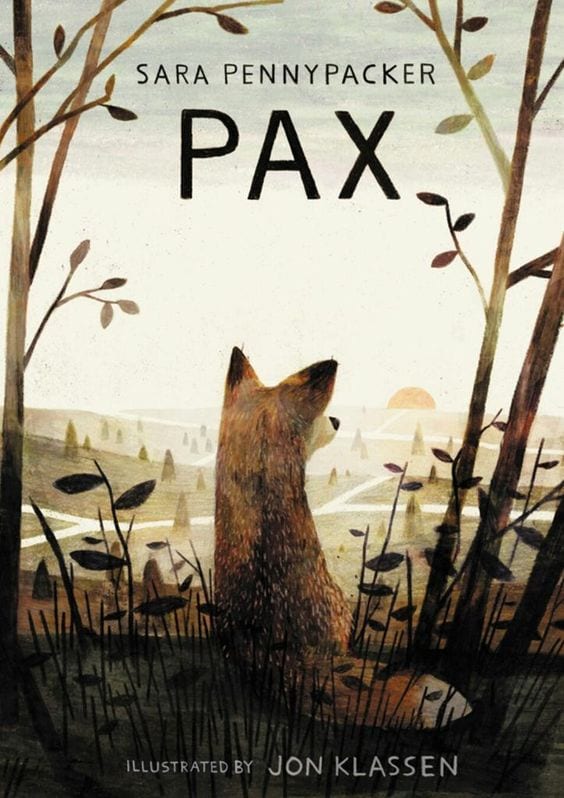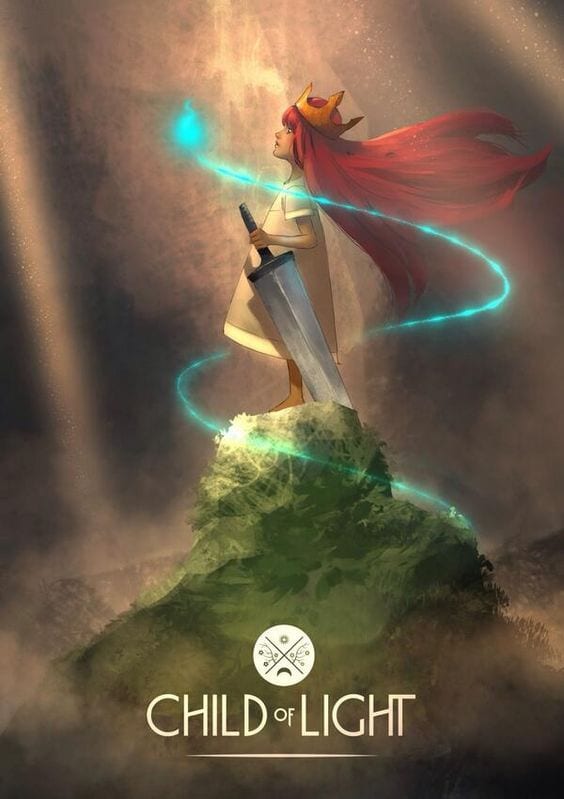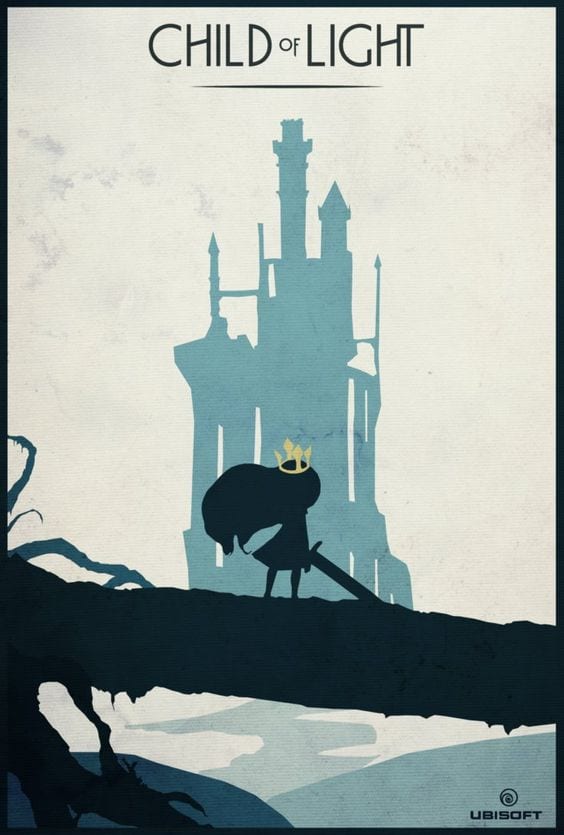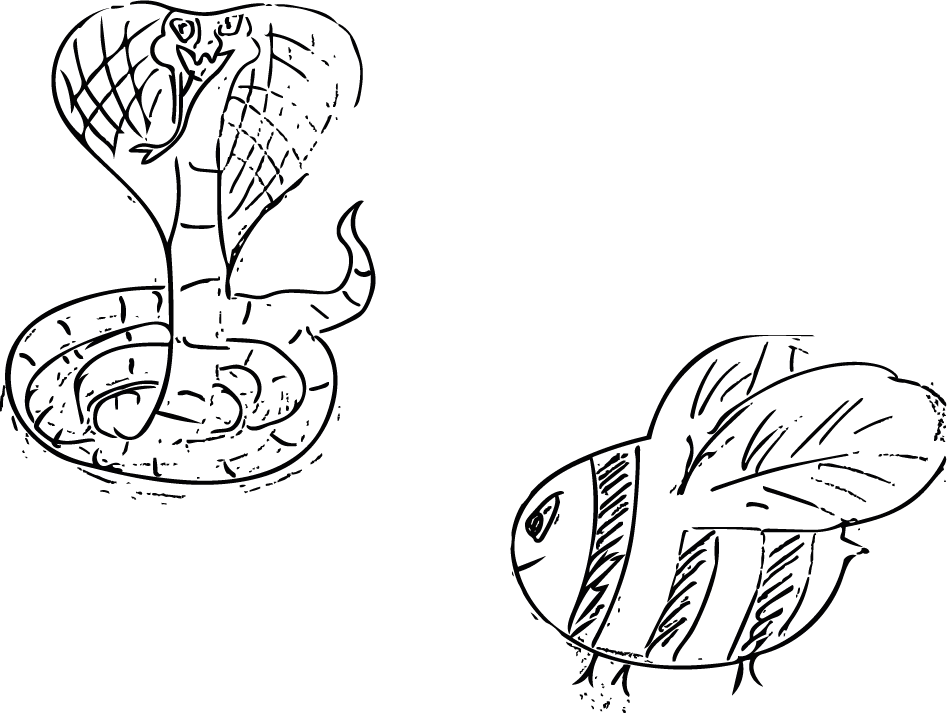During the workshop this week I was working on research for the picture book brief, the brief outline is to create 12 pages or more including illustrations and a typeface which compliments the style and aesthetic of the book. The aim of the picture book is to make a serious subject matter digestible and appropriate for children, these subject matters can be current in media and the news, or could cover other topics for children to make them understand serious issues from a young age like: Global Warming, Terrorism and Online Safety.
Overall I feel as though the picture book brief is a great way of working to a project with a more unique age group compared to other modules set prior.
The research I did this week was primarily just what I found and liked the look of on Pinterest.
The general aesthetics and feel of these books is something similar to what I’d like to mirror, I like the usage of both collage and flat, but vibrant colours to illustrate themes for children. It’s my personal belief that so long as the visual representations of the themes within the book are engaging and vibrant then anything can be made digestible for children regardless of the topic.




